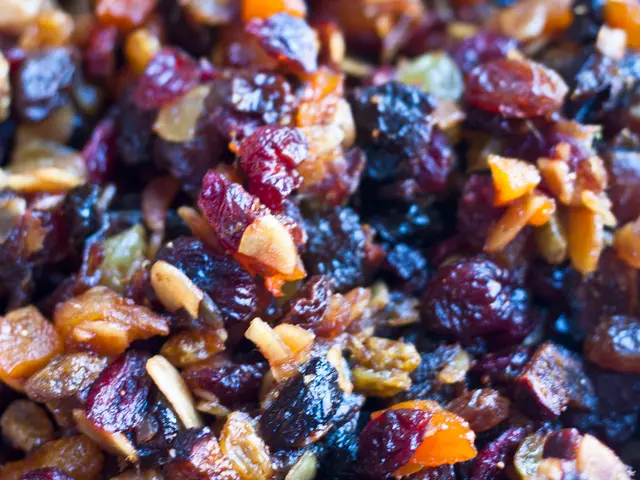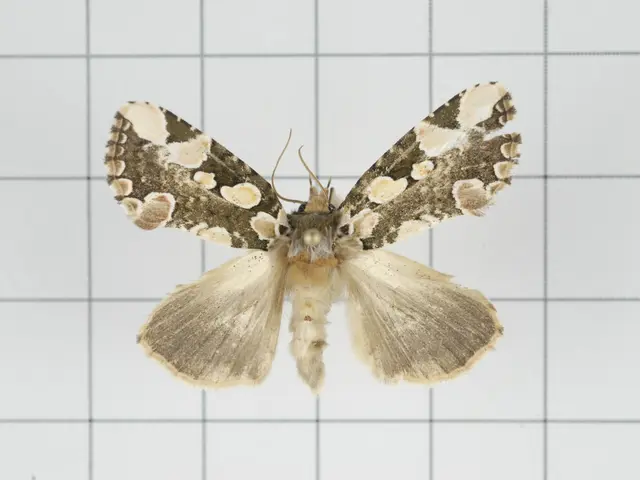Creating Home-made Compost for Your Garden: The Hidden Armor for Your Soil's Health
Composting for Gardens: Hot vs Cold Methods
Composting is a simple and effective way to recycle organic waste and create nutrient-rich soil for your garden. Here's a guide to the two primary methods of composting: hot and cold composting.
Hot Composting
Hot composting involves maintaining high internal temperatures (130°F to 160°F or about 54°C to 71°C). This method decomposes organic materials rapidly, typically producing finished compost within weeks to a few months.
To achieve hot composting, you'll need to actively manage the pile by frequent turning (every few days), monitoring moisture levels, ensuring adequate aeration, and maintaining a balanced mix of "greens" (nitrogen-rich) and "browns" (carbon-rich) materials.
Hot composting offers several advantages. It generates heat that kills pathogens, weed seeds, and some harmful organisms, resulting in safer and higher-quality compost. However, it requires a larger initial pile size (about 1 cubic yard) and often full sun exposure. It also demands more labor and attention but speeds up composting dramatically.
Cold Composting
Cold composting is a slow, natural decomposition process without significant heat generation. It requires minimal effort — simply adding organic waste (yard trimmings, kitchen scraps) and letting it break down over months or even years without turning.
Cold composting takes much longer (several months to over a year) to produce usable compost. It requires less space, no frequent turning, and generally a less precise balance of ingredients. However, because it doesn’t reach high temperatures, it may not kill all pathogens or weed seeds.
Comparison Table
| Feature | Hot Composting | Cold Composting | |---------------------|---------------------------------------------|---------------------------------------| | Temperature | 130°F - 160°F (54°C - 71°C) | Ambient temperature, no significant heat | | Speed of composting | Weeks to a few months | Several months to years | | Maintenance | Frequent turning, moisture & temperature monitoring | Minimal, just add materials | | Quality of compost | Kills pathogens and weed seeds, high-quality | May contain some seeds/pathogens | | Labor requirement | High | Low | | Pile size needed | Larger (about 1 cubic yard recommended) | Can be small | | Effort to balance ingredients | Required (balanced greens and browns) | Less critical |
Choosing Between Hot and Cold Composting
Hot composting is ideal if you want fast, pathogen-free, nutrient-rich compost and can invest regular time in maintenance. Cold composting suits gardeners preferring a set-it-and-forget-it method with less labor and time pressure.
If a municipality does not offer a compost bin, or a different kind is preferred, compost bins come in all shapes and sizes and can be bought online, at local gardening stores, or made with repurposed materials. After about six months, the finished compost (or black gold) can be used from the front access panel of the bin while adding more composting materials to the top.
In larger gardens, three bins can be used for cold composting, and the materials can be moved from one bin to another to help speed the process. Cold composting is the easiest method of making compost, done throughout the year and using a compost bin.
Materials for Composting
Making compost for a garden involves gathering organic materials such as kitchen scraps (fruit and veggie peels, coffee grounds, tea bags, eggshells, and stale bread), leaf mold (decomposed leaves), grass clippings, garden waste (deadheaded flowers, trimmings, and spent plants), cardboard and paper (brown paper bags, shredded newspaper, cardboard egg cartons, and non-glossy paper), coffee grounds and filters, wood chips and sawdust (from untreated wood), hair and pet fur, natural fibers (cotton lint, wool, and thread), and avoiding synthetic or chemically treated materials.
References [1] [Link to reference 1] [2] [Link to reference 2] [3] [Link to reference 3] [4] [Link to reference 4] [5] [Link to reference 5]
Read also:
- Research Spotlights Biofuel Production from Invasive Plant Species
- Boost Your Well-being at Work: Finding Quick Fitness Solutions for Better Posture and Health from Your Desk
- Transforming Your Home Into an Affordable Coffee Shop Atmosphere
- Organic Eco Mattress for Children: Impressive Safety and Quality for Your Little One








